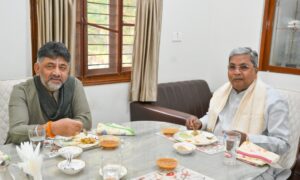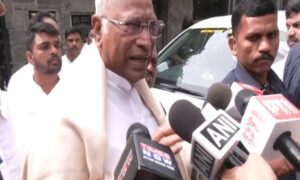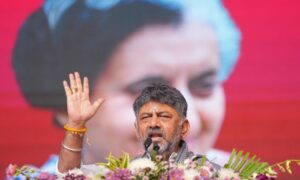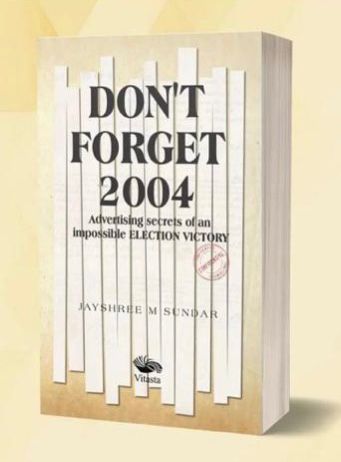
Chapter 2 : ‘We Need A Winning Idea’
COUNTDOWN TO THE PITCH BEGINS!
As I drink my tea, dunking biscuits in it and leafing through the 14 papers, I prepare myself for the day . Plough through a boring bowl of oats with the television news blaring in front of me. The political battle is heating up . regional power centres are being subjected to the national gaze. BSP, Left Front, DMK , AIADMK and so many more.
The office is buzzing early in the morning. As I enter the reception I see the blushing red apples on the reception counter, a norm at every Leo Burnett office worldwide. It’s a very important day for us. The client service and planning team and I get into a meeting . We need to craft the problem statement to formulate a sharp creative brief.
The creative team is waiting. They need to start work. They are restless and tense and wonder how they will complete the task in time. These are crunch deadlines.
Let me summarise what we have been discussing :
First, we define who will be the focus of the campaign. We decide to head to the blue ocean. In other words, the part of the market where there are no players. Where the waters are clear. Let me elaborate on what that means as this is very important.
Very simply put, we decide to go to the unserved market . The market as we know is untouched by India Shining. That is what we decide is the unserved market. What does this mean?
We decided to take the fight regional. We decide 90 per cent of our campaign will run in Indian languages and to that consumer who is primarily English speaking. Very little in English. This is a brave strategy albeit a differentiated one.
Setting a target audience is very important in any advertising and communication work. Who are you talking to ? What are they thinking right now ? What key messages do you want to give them? And why will they have interest in listening to you? It is always easy to say let’s go to everyone. And if budgets are unlimited, that’s possibility . But in the real world one has to to prioritise.
Now here is the degree of difficulty. And a very unique one. In all other brand communications, you have a group of consumers who form a set. For example, carbonated drinks are consumed by teenagers and young adults, shampoos with dandruff removing agents have and audience who suffer from the problem. Hair colour is for the fashionable and and those are greying , business newspapers for corporate office- goers, four wheel drive cars for the advertisement and image conscious .
But here the issue is much larger. Why?
As I told you earlier, this is the largest target audience in the world. Perhaps 650 million people eligible to vote .
Every Indian is a potential target. Every 18 + Indian
Given the population is at one billion and India is young country, that will add up to a millions of people.
And another penny drops . The usual 80: 20 rule doesn’t apply here. What I mean by this is , in a lot of product categories, it is proven that 20 per cent of the consumers give you 80 per cent of the sales. The 20 per cent who are predisposed to the category are your brand. Those who have the buying power. They repeat purchases and are that precious set of consumers who you cherish and keep creating exciting messages for. They love you. They buy you. They are your believers . Marketing people are always researching these profiles of people and creating value for them. In turn, they give you the bulk of your revenues. The relationship is symbolic.
With this brand, a political party it is different. The key point we note is there is no repeat purchase. Everyone has one vote. And everyone is equal. . Rich , poor, old, young, rural, urban, semi- urban, semi- rural, women and men.
One vote. One voting day . Will they go out from their houses and make the effort? Will they not? If They don’t , the power in their hands to make a difference perishes .
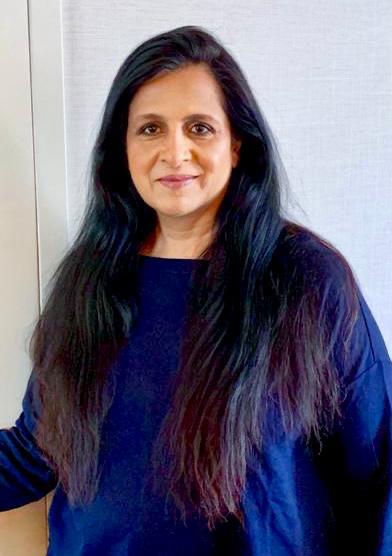
As we keep drilling , we figure out some very telling and surprising trends. What are these and how do they form the contours of our thinking? On delving and researching we find that the urban Indian consumer is pretty inert on Voting Day. Data shows that approximately 55 per cent of India goes to vote. The rest just stays away. Our sense is that much more of rural India casts its precious ballot.
Our research also points to that fact . Every respondent we as says they will go to vote. The middle class and below that.
Now being clear on this aspect, we have to make some tough calls . In an ideal world with endless budgets, we would want to reach every person in media terms . We want the advertisements and the messages to be seen multiple times by our targeted consumer. That is the concept of OTS ( Opportunity To See). And that concept teaches us that the greater number of times a message is seen, the more likely it is to be retained in the brain. And that any pre- disposed action can only follow after that.
But our judgement tells us that for a party out of power for nine years, there may not be endless funds. We are sure of it. So as in consumer brands, you have tp create priorities towards the most pre- disposed and point your message towards them . We therefore create a primary and secondary audience.
(Extracted with due permission from Publisher and the author)
[the_ad id=”41101″]


